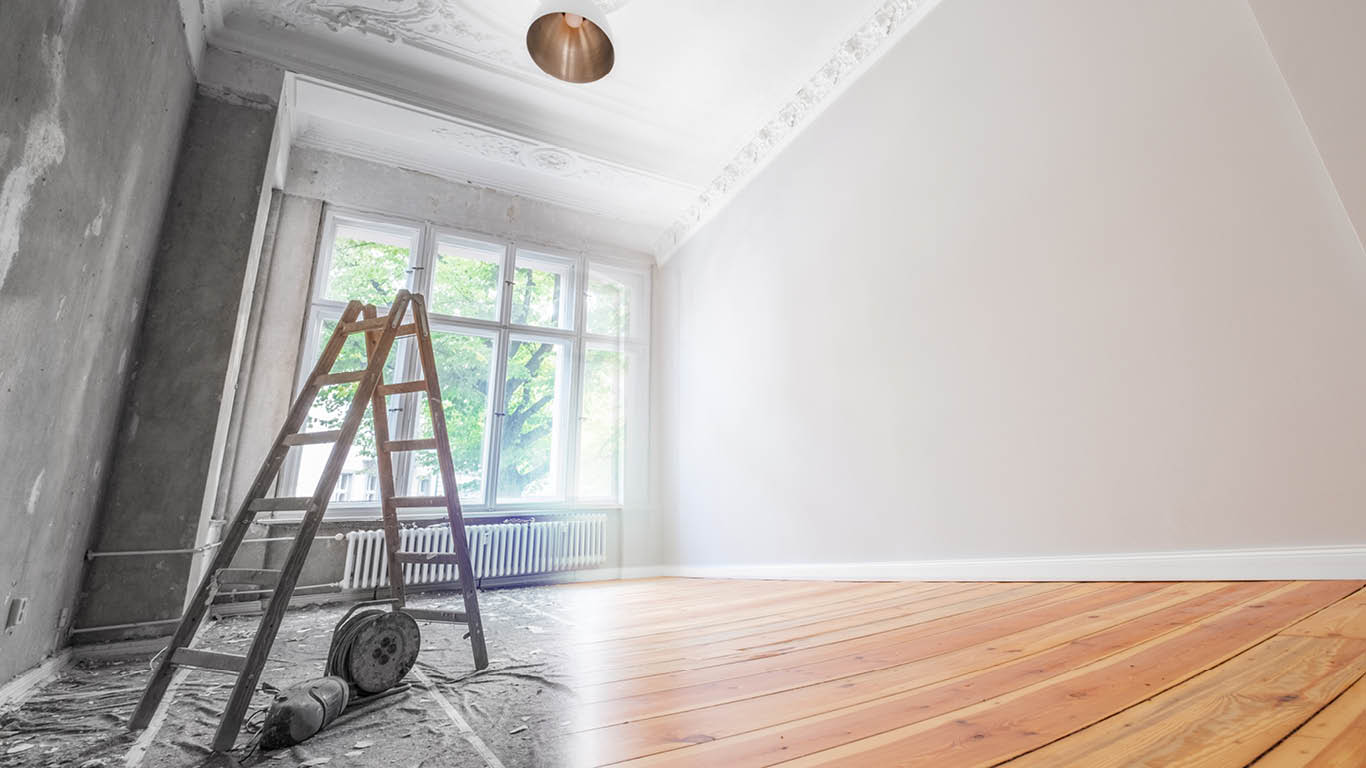
Canada continues to face a housing shortage. Canada Mortgage and Housing Corporation (CMHC) estimated last year that the overall national supply gap remains at approximately 3.5 million more housing units by 2030, over and above what is already projected to be built at that time. Filling this gap would contribute to restoring affordability to 2004 levels.
Labour shortages, construction and land costs, and development fees are among the challenges to building enough new housing to meet demand. The conversion of non-residential buildings for residential use is an idea often discussed among builders, policymakers and Canadians alike.
Since the current data series began in 2018, Statistics Canada has tracked building permits data on a monthly basis for various projects, including building conversions—which could mean converting a building from non-residential to residential use, or converting an existing residential building by increasing the number of dwellings. Let’s have a look at what’s been done already, including the pace at which building permits have been issued so far this year.
Conversions trending up in 2024
Across Canada from January 2018 to December 2023, municipalities issued permits to authorize the creation of 12,302 dwelling units (seasonally unadjusted) through the conversion of non-residential buildings to residential buildings, an average of about 2,050 per year. From January to July 2024, permits for 2,086 units have been authorized with a total value of $278.9 million. During the same period in 2023, 1,131 units were authorized, valued at $117.4 million.
By way of comparison, from January to July 2024, permits were authorized for the creation of 163,162 dwelling units through new residential construction, up from 157,031 during the same period in 2023.
Our conversions data do not track the beginning or completion of the work but do give an idea of the share of these dwelling units that could contribute toward new housing stock.
In 2021, permits were issued for the creation of 2,678 units through non-residential to residential building conversions—the highest yearly total on record—while in 2020, COVID-19 pandemic restrictions on construction activity pushed the number of permits to a record low of 1,538 units.
In August 2022, a total of 798 dwelling units were authorized, representing the highest monthly total on record, followed by August of the previous year, with 694 units.
More recently, in 2024, April (410) and May (390) set record highs for those months.
Most conversions are in urban areas
The majority of non-residential to residential building conversions take place in census metropolitan areas (CMAs), where about three-quarters (74.4%) of the Canadian population lives. In July 2024, more than 8 in 10 (81.9%) of the 232 dwelling units authorized were in CMAs, as they were in June (85.3%) and May (80.0%). Proportions were higher in April (92.9%) and lower in March (76.5%).
Like the national numbers, the CMA numbers can swing from month to month. Often, there is one month accounting for most activity, in part due to factors such as the activity of major projects. In the Toronto CMA, 279 units were authorized in May 2024—that single month accounting for the most units authorized in Canada’s largest urban area going back to May 2023.
Similarly, 194 units were authorized in the Montréal CMA in September 2022—the only monthly number in the three digits since a record 372 units were authorized in August 2021. The Vancouver CMA authorized 178 units in January 2024, but authorized units in the single digits for most other months.
Every new unit helps—for example, CMHC data show the vacancy rate for apartment structures of six units and over in CMAs dipped to 1.6% in 2023, the lowest since 2001 (1.1%).
To learn more
Visit the Building permits: Interactive dashboard and the Housing statistics portal for the latest data and analysis.

StatsCAN app
Download the StatsCAN app today to have these articles at your fingertips! Already using the app? Leave a review in the App Store and Google Play and let us know what you think.
Contact information
For more information, contact the Statistical Information Service (toll-free 1-800-263-1136; 514-283-8300; infostats@statcan.gc.ca) or Media Relations (statcan.mediahotline-ligneinfomedias.statcan@statcan.gc.ca).

